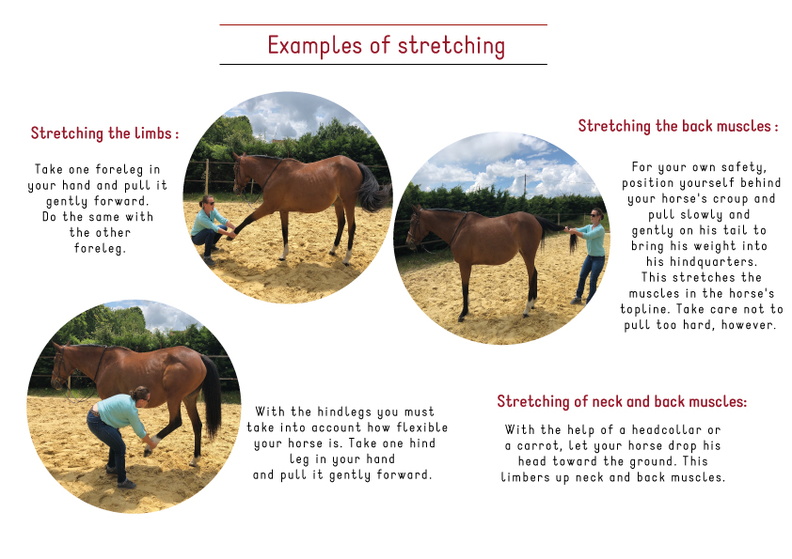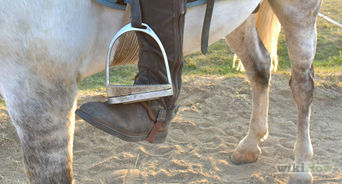How to Stop a Horse Without Pulling Hard

Stopping a horse gently and effectively is essential for both rider comfort and horse welfare. Pulling hard on the reins can cause discomfort, resistance, and even injury to the horse. This article explores techniques and best practices to stop a horse smoothly without relying on harsh rein pressure.
Understanding the Basics
Before diving into techniques, it’s important to understand how horses respond to rein pressure and body cues. Horses are sensitive animals that communicate through subtle signals. Using gentle, consistent cues helps build trust and cooperation.
Techniques to Stop a Horse Gently
| Technique | Description | Benefits |
|---|---|---|
| Soft Rein Pressure | Apply light, steady pressure on the reins rather than a sudden pull. | Encourages the horse to slow down calmly. |
| Seat and Weight Shift | Use your seat and shift your weight slightly back to signal slowing down. | Communicates intent without harshness. |
| Voice Commands | Use a calm, consistent verbal cue like “whoa” to reinforce stopping. | Adds clarity and reassurance. |
| Leg Positioning | Relax your legs to signal the horse to stop moving forward. | Complements rein and seat cues. |
Step-by-Step Guide
- Prepare Early: Begin signaling your intent to stop well before you want to halt.
- Use Your Seat: Gently sit deeper in the saddle and shift your weight back.
- Apply Soft Rein Pressure: Gradually increase rein pressure without yanking.
- Give Voice Cue: Calmly say “whoa” to reinforce the command.
- Release Pressure: Once the horse slows, release rein pressure to reward compliance.
Common Mistakes to Avoid
- Pulling too hard or suddenly on the reins.
- Relying solely on rein pressure without body cues.
- Inconsistent commands that confuse the horse.
Frequently Asked Questions (FAQ)
Q1: Why shouldn’t I pull hard on the reins?
A: Pulling hard can cause pain, resistance, and damage to the horse’s mouth and trust.
Q2: How can I train my horse to respond to gentle stops?
A: Consistent practice using soft rein pressure, seat cues, and voice commands helps build responsiveness.
Q3: What if my horse doesn’t stop with gentle cues?
A: Assess if the horse understands the cues, and consider consulting a trainer for guidance.
Conclusion
Stopping a horse without pulling hard requires patience, practice, and understanding of equine behavior. By combining gentle rein pressure, body language, and voice commands, riders can ensure a safer and more comfortable experience for both themselves and their horses.
This article provides a structured, SEO-friendly approach with practical advice and clear explanations to help riders improve their stopping technique without causing discomfort to their horses.
